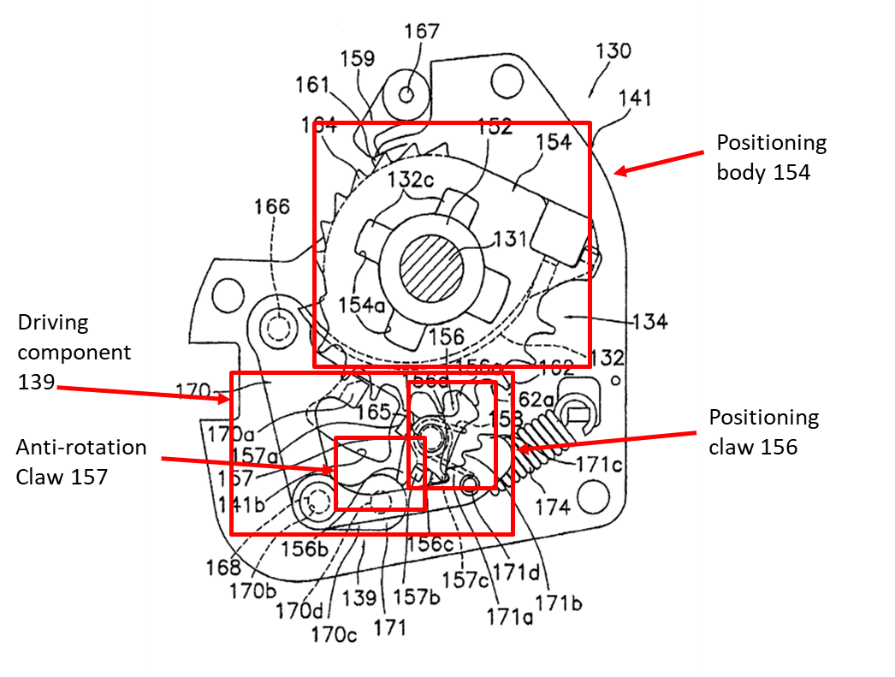Every year in the spring The Supreme People’s Court of PRC announces its “Top 10 Intellectual Property (IP) cases” and “50 typical IP cases in Chinese courts” of the year. Although not having precedential weight, these cases serve as a reference and guide people’s courts at all levels regarding their intellectual property trials. It’s always interesting to see which cases get chosen, since it reflects what concepts and messages the Courts want to highlight to the public. Below, we highlight one of the 50 typical IP cases. Shimano KK v SENSAH Smart Sports Equipment Co., Ltd[(2019) Supreme Court Minshen No.5466] In China, cases can turn completely on a single determination…
-
-
Polymorph Patents in China: What is the Standard for Inventiveness for New Crystal Forms?
This case is focused on polymorphs, namely what are the standards for novelty and inventiveness when it comes to new crystal forms of a known drug? A recent Supreme People’s Court decision in China is illustrative of the way Chinese courts are thinking about polymorph patents in China. Grünenthal is a German pharmaceutical company and inventor of the opioid painkiller Pentadol[1]. Grünenthal has a Chinese patent (ZL 200580021661.1) with claims directed towards a new crystalline form of particular phenol hydrochloride (“tapentastat hydrochloride” and “Form A” in claim 1), processes for preparing tapentastat hydrochloride (claim 3), and processes for preparing Form A (claims 16 and 23). Form A is made by…
- China, Patent Linkage, Patent Term Extension, Pharma, Proposed Changes, Regulatory, Updates and Changes
Breaking News: Newest Draft Amendment to the Chinese Patent Law Available for Public Comment
Finally, after more than a year since the last draft amendment came out in 2019, a new draft has been submitted to the National People’s Congress Standing Committee for deliberation on June 28, 2020. The newest version is now published for public comments until August 16, 2020. As a whole, these proposed changes address a lot of the criticisms people have had regarding the strength of IP protection in China. These changes, once implemented, will make China a much more patent-friendly jurisdiction, benefiting innovators worldwide. Examples of notable changes include (1) a longer patent term for new drugs and design patents; (2) patent linkage; (3) litigation reform such as significantly…







